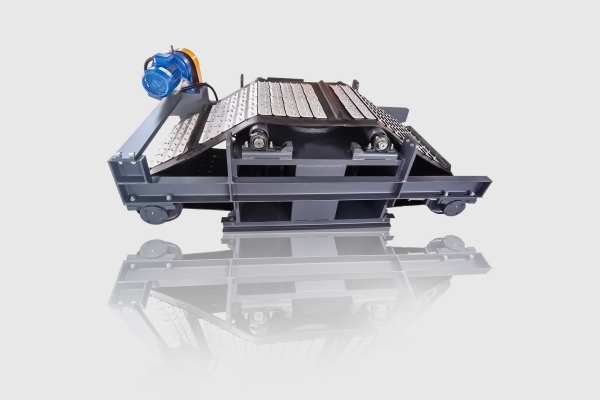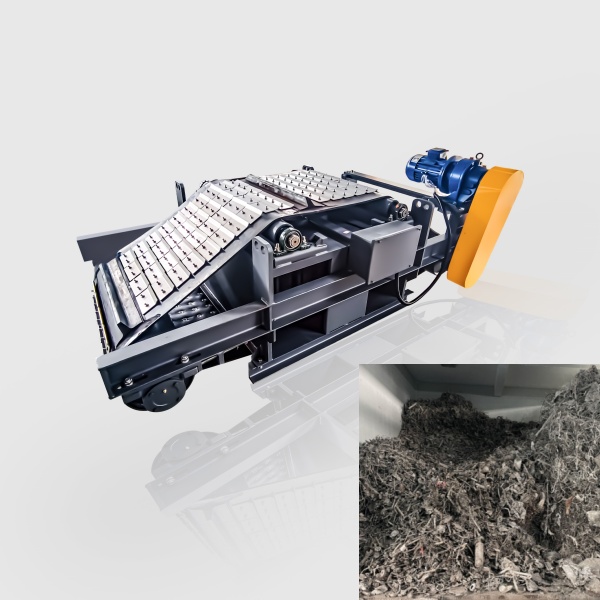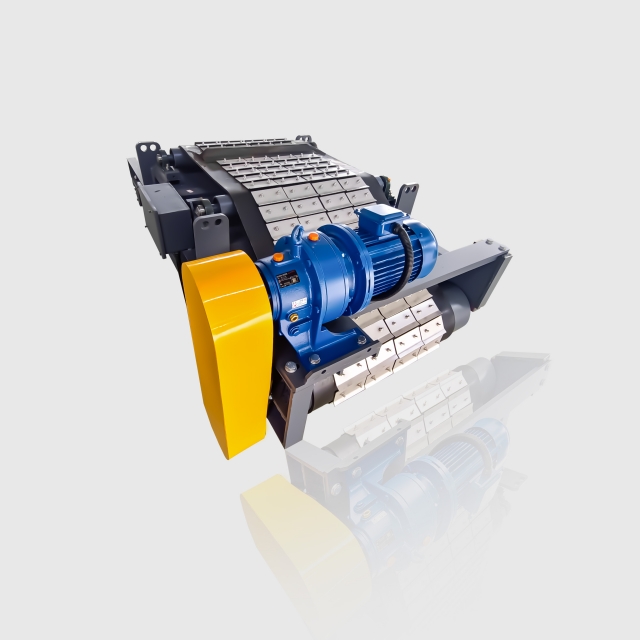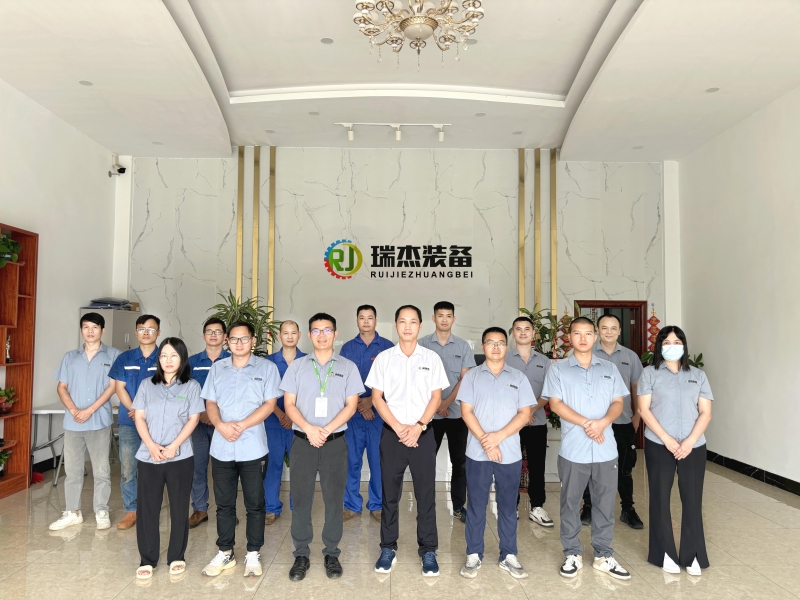The applicability of the Electromagnetic Overband Separator will indeed vary depending on the characteristics of the material. Here are some of the key factors that determine if a device is suitable for a particular material:
1. Type Of Material
- Metal Content: The magnetic field strength of the device needs to be high enough to effectively separate materials containing iron impurities. For materials with a higher metal content, a stronger magnetic field is usually required.
- Non-magnetic Materials: If the material itself does not contain iron or other magnetic metals, the magnet separator may not be suitable.
2. Particle Size Of Materials
- Fine Grained Materials: For smaller grained materials, such as powder or fine sand, higher magnetic field strength and a more sophisticated design may be required to ensure that tiny iron impurities are captured.
- Coarse-grained Materials: Large-grained materials are generally easier to handle with electromagnetic hangers, but it is necessary to ensure that the equipment is designed to handle the size and shape of the material.
3.The Humidity Of The Material
- Dry Materials: Most of the electromagnetic hanging iron separator in the treatment of dry materials when the best effect, the magnetic field can directly act on the iron impurities, the separation effect is better.
- Wet or Viscous Materials: For materials with high humidity or strong viscosity, iron impurities may adhere to the material, reducing the separation effect. In this case, you need to select the equipment suitable for wet material processing, or take pretreatment measures.
4.Fluidity Of Materials
- Free-flowing Materials: If the material has good mobility, the magnetic separation effect is usually better, because the material can evenly pass through the magnetic field area.
- Poor Flow Materials: For poor flow materials, specially designed equipment or material pretreatment measures may be required to ensure that the material can smoothly pass through the magnetic field area to achieve the desired separation effect.
5.Conductivity And Magnetism Of The Material
- Highly Conductive Materials: Materials with high conductivity may produce eddy currents in the magnetic field, affecting the effect of iron removal. You need to consider whether you need to adjust the magnetic field design or frequency.
- Weak Magnetic Material: If the material itself is weak magnetic, a higher magnetic field strength is required to effectively separate the iron impurities in it.
6.Material Flow
- High-volume Material Handling: If high-volume material needs to be processed, ensure that the equipment is designed to maintain iron removal at high flow rates.
In summary, the suitability of an electromagnetic separator depends on the characteristics of the material, including particle size, humidity, fluidity, conductivity, magnetism, and industry application. By combining these factors, it is possible to determine whether the equipment is suitable for a specific material and ensure the best possible iron removal.







